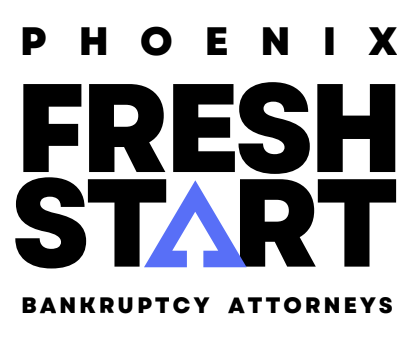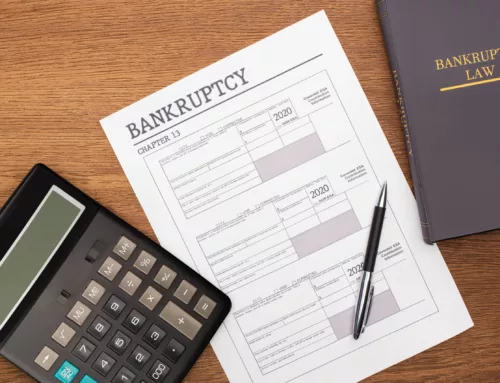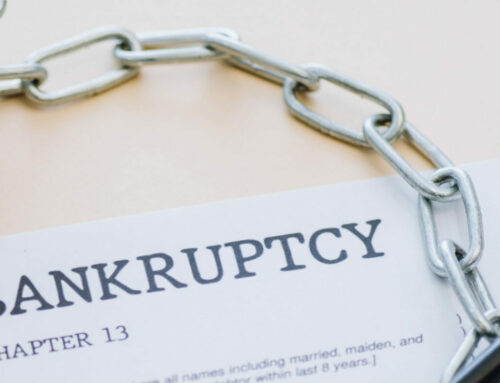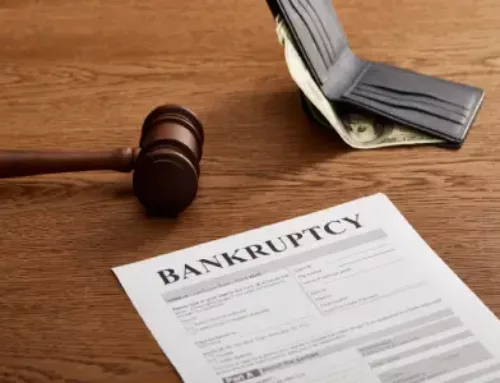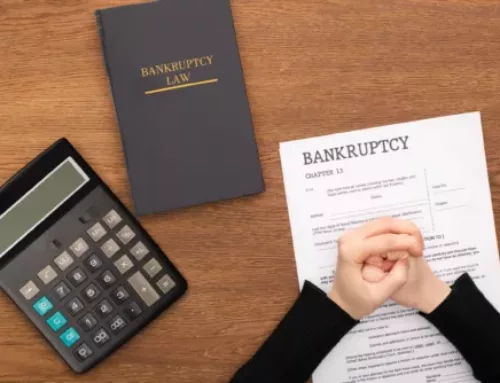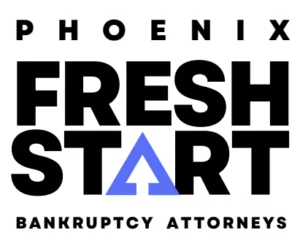If you are falling behind on your car payments or have already defaulted on your vehicle loan, you are facing the risk of car repossession from your lender. But while the lending company may have the right to reclaim your car, there are certain rules that they must follow before they can legally repossess the property. Be wary of the certain myths that are hounding the internet searches of debtors with car loans.
How Car Repossessions Work
Individuals who lease a car with a security interest essentially grants their lenders the legal right to repossess the car should you default on the loan. However, how long this process will take, and what steps the lender must go through, will vary depending on the state laws on repossessions.
For instance, while some state allows lending companies to seize vehicles without prior notice, it cannot be done with a threat or use of physical force, otherwise, it would constitute a “breach of the peace”. Legally speaking, breaching the peace leads to damages and a potential lawsuit against the lending company. If you are thinking of filing a lawsuit against your car company, speak with an attorney near you.
Once the vehicle has been in the lender’s possession, it can either be kept or sold to fulfill your loan obligation. Again, each state follows its own rules on how the sale procedure and notice requirement will go.
Common Myths about Vehicle Repossessions
To avoid facing the threat of repossession, or fearing for something that won’t really happen in your case, steer clear from believing these unfounded claims about vehicular loans and loan defaulting.
#1 There is a ‘waiting period’ before repossession can take place
Finance companies do not need to wait until your three months behind on loan payments before taking action to repossess the vehicle. The truth is, car companies may come after you even after a day of failing to cover your car bills. What this means is that a car company does not have any legal obligation to give you a certain amount of time before going after your unpaid dues.
#2 Partial payments offer protection against repossessions
If you think that paying a portion of your past-due would halt repossessions, think again. As long as the car note has not been paid in full, any unpaid portions are considered late-payments and the lender has a legal reason to reclaim the vehicle because of your non-payment. Even if you inform your car company about your rough financial situation, there is no guarantee that vehicle repossession will be avoided unless a legal written agreement has been made to avoid it.
#3 You can’t stop car seizure once you fail to pay
While your company can make you believe that there is nothing you can do but give up your car, there are still options you can consider to avoid this from happening.
How to Stop Your Car From Being Seized
 There are two legal options you can explore to help car owners not lose their vehicles: deferment, refinancing, trade-in, and filing bankruptcy.
There are two legal options you can explore to help car owners not lose their vehicles: deferment, refinancing, trade-in, and filing bankruptcy.
Deferring. If you struggle to make payments for your car loan but believe that your financial situation will improve in the coming months, you have the option of seeking a deferment. The missed payment will be pushed to the loan term end date and extended for another month.
Refinanced loan. You can discuss it with the car provider if you can refinance the loan over a longer period of time. The downside here is that you will pay a higher interest and end up with a higher overall cost, but it can help keep your car. Moreover, lenders won’t always agree with changing the terms of your loan.
Trade-in. If you simply cannot afford to keep the loaned car anymore, you can trade it in for a cheaper model or make. Again, this would depend on the company that you’re borrowing from.
Bankruptcy. If your expenses are already too much for you to handle, you can consider filing for bankruptcy. Declaring bankruptcy can immediately put a stop to any creditor actions like demanding payments or repossessing your vehicle.
There are many bankruptcy chapters to choose from, and an experienced bankruptcy attorney can help you choose which one is the best for you. If you file bankruptcy under Chapter 7, you can discharge almost all of your unsecured debts which can help you pay off your car debt. While a chapter 7 bankruptcy petition can free up your expenses, once your car loan is discharged, you won’t be able to keep your car. Moreover, you may have to place other valuable assets that you own in an estate to be auctioned off by a bankruptcy trustee. Although there are property exemptions, if you don’t want to lose any property, consider other types of bankruptcy.
If the car is already in the company’s possession, filing Chapter 7 can still help you discharge your outstanding balance and other fees after the loan default. However, you still won’t be able to keep the vehicle.
Declaring bankruptcy under Chapter 13 on the other hand will work like a repayment plan. You can catch up on missed payments and pay your loan over a longer period of time. In some bankruptcy cases, the borrower pays lower than what you owe on the loan contract.
Best Option to Stop Vehicle Repossession: Bankruptcy
Only bankruptcy can legally halt the process of repossessing your vehicle. If you think paying for your car loan will be difficult due to other debts like your credit card, utility, and medical bills, a bankruptcy filing may be the best option for you. Don’t wait until you are face-to-face with a repossession agent, avoid repossession by setting up a free consultation with one of our bankruptcy attorneys at Phoenix Fresh Start Bankruptcy Attorneys today!car repossession myths
